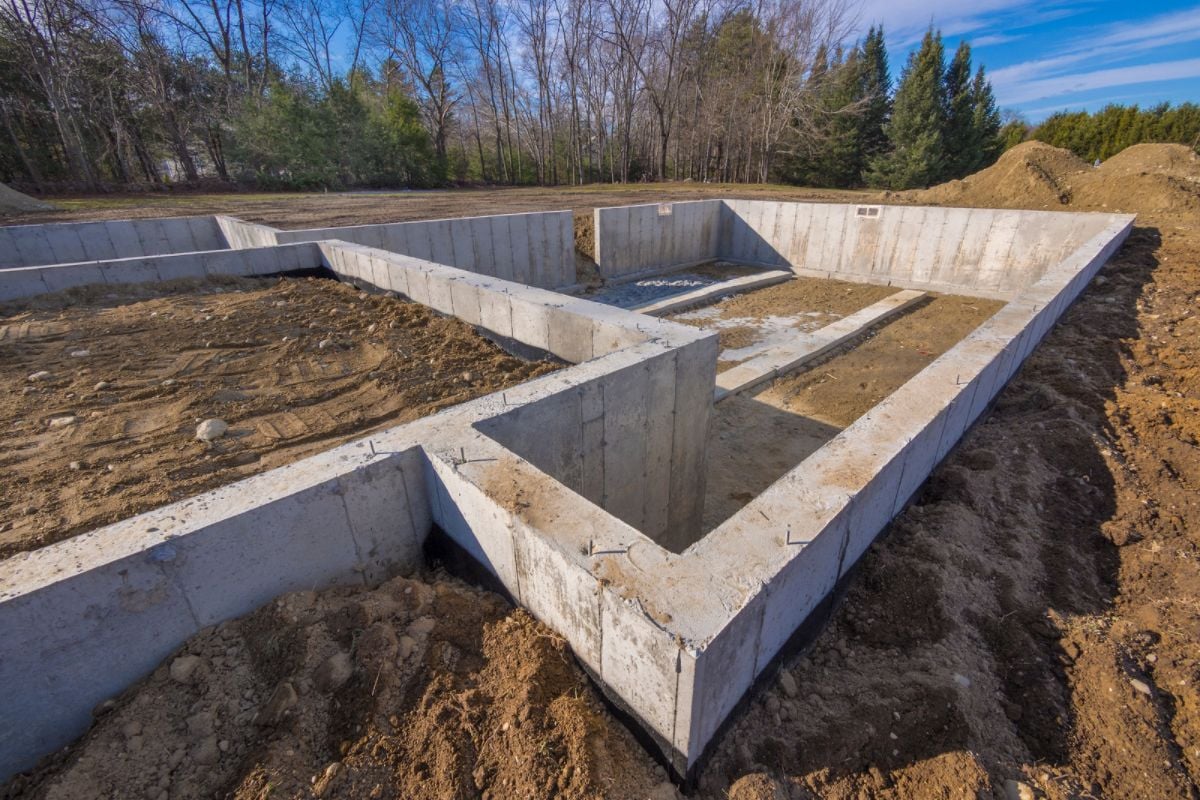
Most individuals today are conscious of our duty to preserve and protect the environment. Most people love the luxury that harms the environment, which is a problem. Which would you prefer for your four-person family, a home with three bedrooms, three bathrooms, and three parking spaces, or one with only one bedroom, one bathroom, and no garage, if money were no object?
Most individuals in North America likely prefer a larger home because it is more comfortable. We all understand, however, that by choosing this, we will use more energy and endanger the environment. Do we, then? Construction technology advancements allow for constructing highly well-insulated homes and using more recycled materials throughout the building process. Greetings from the insulated concrete forms world.
Insulated concrete forms are a development in the building sector that gives potential home builders a chance to design cozy homes that are energy-efficient and utilize a large percentage of recycled materials. An ICF concrete wall is produced by placing cement in the center of foam blocks and stacking them on top of one another. After that, the foam is left affixed to the wall. A home with a lot of insulation, such as two layers of foam with concrete sandwiched in the middle, will naturally use less energy for more visit https://bodaq.com/concrete-wall-interior-design/.
The ICF foam block represents a significant improvement in energy efficiency. Recycled materials can be used to make the block itself. A recycled alloy may cause the internal metal that binds the foam together. Recycled materials can be used to make foam. These two options give a homeowner the assurance that the materials used to build their home have the least possible negative influence on the environment.
Concrete continues to improve its environmental friendliness. Nowadays, it is usually far better for the ecology to pour cement into ICF forms rather than cut down trees in the forest, transport them to the mill, wastefully grind them into two-by-fours, and then distribute them to job sites. A home’s carbon footprint is immediately reduced when constructed from concrete.
Nudura recommends ICF forms if you’re planning to construct a new house. Because the ICF foam block from Nudura is made from recycled materials, you can confidently choose Nudura to reduce your home’s environmental effects even before it is built. Check out Nudura right now to learn more about ICF concrete walls!
The most excellent place to apply a chemical sealant that doesn’t fully penetrate is on the exterior of the foundation. In this way, the topcoat prevents moisture and water from coming into contact with the concrete, although this is frequently insufficient. Polyethene membranes are commonly used by exterior basement waterproofing firms on top of the sealant. It is advised that this type of work be done during the initial foundation building of the home, well before backfilling, due to the amount of excavation required.
Applying a concrete sealant to the basement’s interior will only protect you against water that is present as vapour or gas. This can assist you in reducing moisture levels, but it won’t shield you from the possibility of flooding.
There is often more water surrounding a basement with humidity issues and a high moisture content. A concrete sealer won’t prevent the development of a fracture or water from penetrating the concrete’s tiny pores (tinny gaps left behind from when the concrete cured).
Any sealant works best on wood decks and other surfaces that readily absorb chemical adhesives, let them permeate and don’t continually battle moisture and water.






